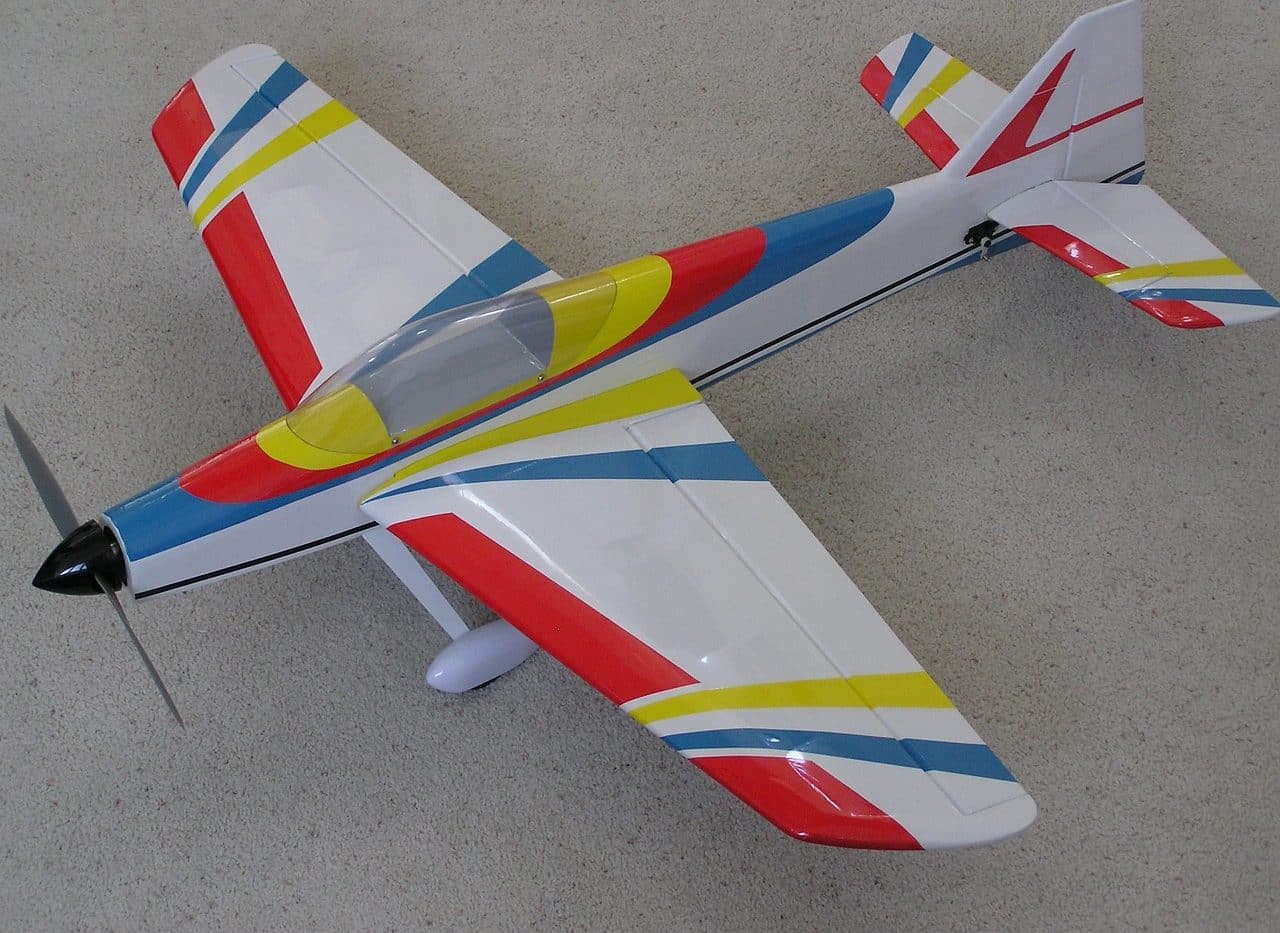
Model airplanes are usually scale replicas of conventional airplanes.
Aeromodelling is a hobby based on the construction of model airplanes : small airplanes capable of flying without a pilot or crew. The concept also refers to the display and competitions of this type of aircraft.
Scale models
The models built in aeromodelling, known as aeromodels, are usually to the scale of conventional airplanes . Generally the aim is to obtain a miniature replica , although there are also models that are used as a test of airplanes that are intended to be manufactured and there are even units created especially for the field of aeromodelling.
The main objective of model airplanes is to recreate the flight experience in a safe way using remotely controlled scale models. It ranges from unpowered gliders that use rising air currents to stay aloft, to airplanes powered by internal combustion or electric engines that can perform acrobatics and maneuvers, as well as helicopters and drones.
People involved in model airplanes enjoy the construction of aerial models, the process of adjustment and calibration , as well as the challenge of piloting them precisely and skillfully . Aeromodelling is a hobby that combines technical, artistic and skill aspects, and can be practiced both individually and in groups, in clubs and competitions.
It offers an exciting way to explore the principles of aviation and flight, and provides a platform to learn about aerodynamics, electronics and other aspects related to aeronautics. In fact, many take airplane modeling as a starting point to start a career in the industry. In addition, it is an activity that encourages creativity and ingenuity .
Disciplines and knowledge
It is important to mention that in airplane modeling various disciplines and technical knowledge are combined, such as:
- mechanical and aeronautical engineering : to design and build scale models of aircraft. This involves understanding aircraft design principles, aerodynamics, flight structure and material strength;
- electronics : many model airplanes are equipped with electronic systems, such as electric motors, speed controllers, radio receivers and control systems;
- mechanics and modeling technique : to assemble and adjust the parts of your models, including the construction of the fuselage, wings, landing gear and other components;
- Radio Control (RC) – Most model airplanes are controlled remotely. Aeromodellers must learn to operate radio transmitters, configure control systems, and understand the principles of wireless communication.
International Aeronautical Federation
The International Aeronautical Federation (FAI) is the global organization that governs and supervises activities related to aviation and sport flying. Considers model airplanes as a branch of sports aviation since 1936 . Within this framework, it developed a sports code of international scope that governs the activity .
The organization seeks to promote the development of sports aviation and establish standards and rules for competitions and records at an international level. He supervises a wide variety of aerial disciplines and activities, in addition to model airplanes, such as skydiving and various types of flight: sailing, acrobatic, balloon, motor and helicopter.
Categories
The International Aeronautical Federation recognizes several categories of model airplanes that are supervised and regulated by specific technical commissions. These cover a wide variety of disciplines and activities, such as the following:

Drones are also part of aeromodelling.
- sailing flight : involves models of gliders, motorless aircraft. Pilots seek to take advantage of rising air currents to maintain flight for as long as possible.;
- powered flight : whether internal combustion engines or electric. Powered remote control airplanes can be used for various activities, such as sport flying, stunts, and racing;
- acrobatic flight - focuses on performing maneuvers and stunts in the air, demonstrating piloting and control skills. This category usually includes aircraft designed specifically for these purposes;
- parachuting in model airplanes : parachute models are launched from remote-controlled aircraft, which are designed to perform a controlled and precise descent;
- control-line aeromodelling : involves the use of remote-controlled airplanes that are physically connected to the pilot by a line. Control is given by tilting it.
